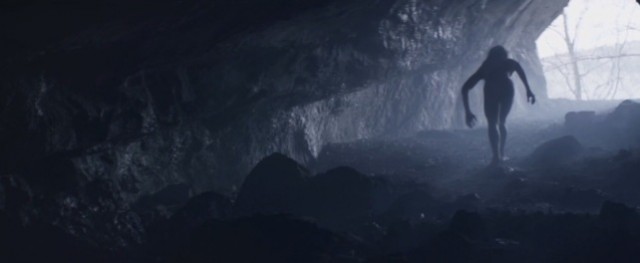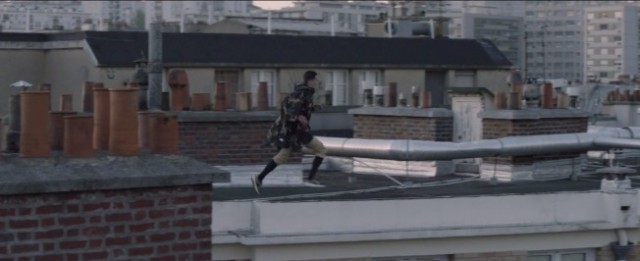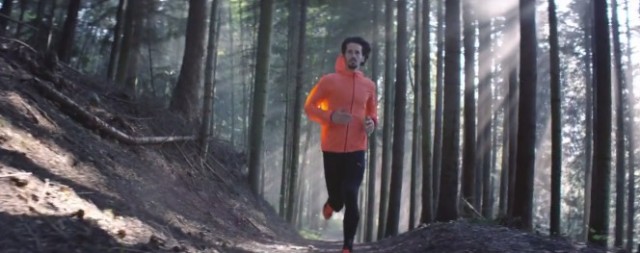The ecopolitics beneath the world’s hottest conflicts.
From Adbusters #113: Blueprint for a New World, Part 2: Eco

ED KASHI
As I flip through the latest apocalyptic images from Syria I can’t help but look ashamedly at the cup of water at the edge of my desk.
No popcorn. No ironic soundtrack. No way to turn off the Tarantino-esque violence shredding people to pieces.
“I saw one man—he was hit by three bullets and fell on the ground, he was clearly dead,” an anonymous witness described to Human Rights Watch. “The security forces ran toward him, and, although he was already dead, started beating him with sticks on the face. Nobody could stop them, and when we finally managed to retrieve the body, it was unrecognizable—we could only identify him because he had his civil ID in his pocket.”
There are an estimated 9.3 million people in desperate need of humanitarian aid, half of whom are children.
The depth of sectarian brutality cannot be fully understood without considering the rapid devastation of the Syrian countryside. Prior to the uprising in 2011, half of the country had transformed into a quasi desert; 117 million acre-feet of stored freshwater from the Tigris-Euphrates ecoregion vanished. It was the country’s most severe drought in four decades, displacing over 1.5 million people from rural farming areas, turning Damascus, Aleppo and Homs into desperate anti-government powder kegs … fertile grounds for extremists of all stripes.
As the fallout from the drought grew, groups like Al Qaeda gained grateful converts by simply feeding hungry people and giving the thirsty a drink.
Source




















































